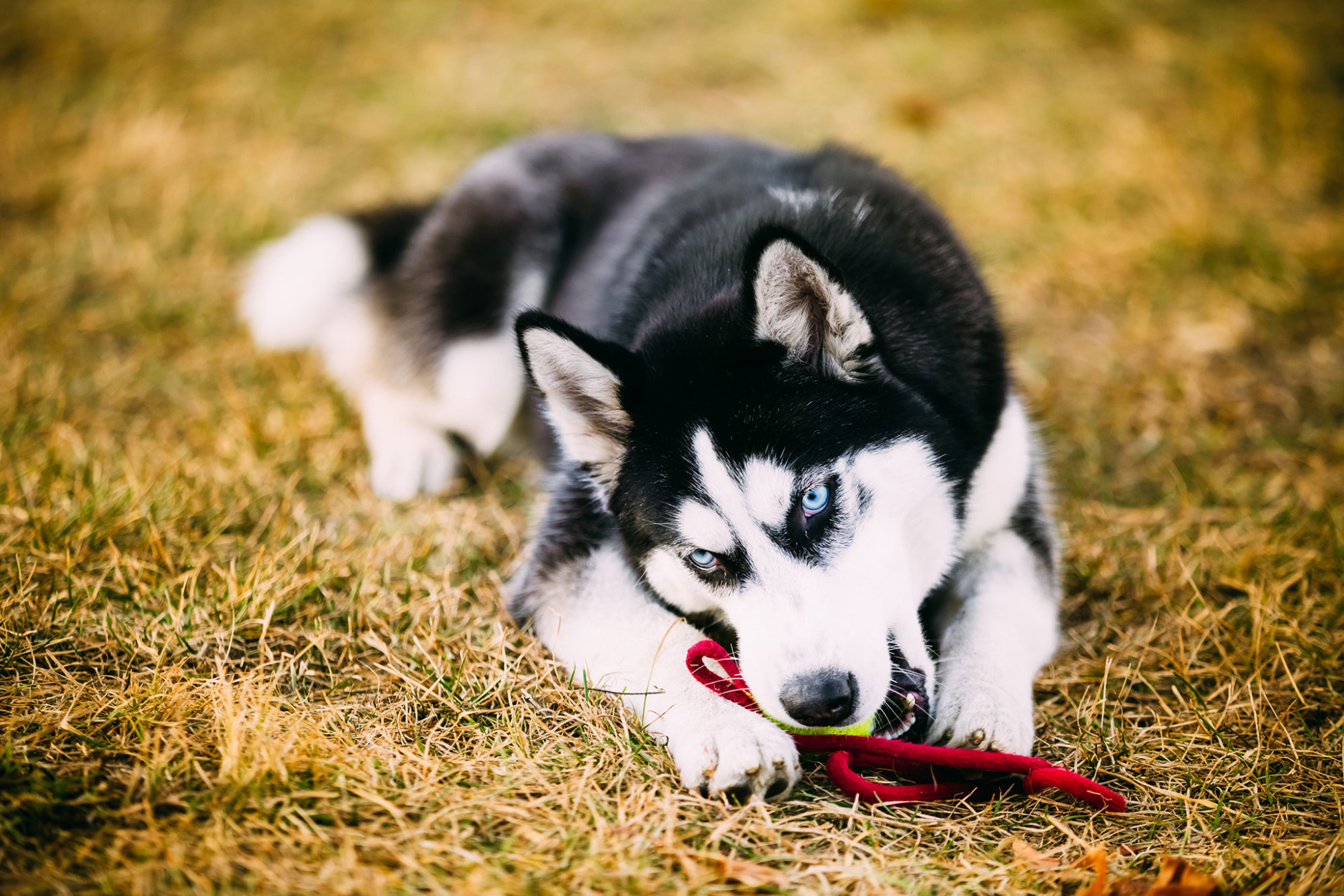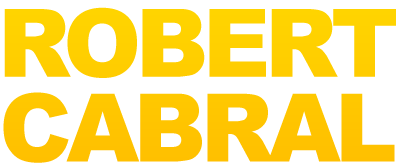Hi @saul –
As @cara shared her epiphany I can relate as our experience in this regard seems very similar. My “interrupter” to what I was doing came during a training session. I will tape training sessions occasionally because I want to see the effect(s) of what I am doing/saying and see the overall interaction between me and my dog while training and what we both need to work on. Early on I could see the hesitancy I felt at the time on the video. I was distracted trying to recall what I was supposed to technically do and in what sequence. To my style, I had to come up with a way I could implement what I had learned to be the correct way to do things and make it natural to me in order to be consistent, free flowing and meaningful/purposeful in my communications. Loooong story shortened, I initially boiled it down to simply:
1.) Commands (what I want him to do)
2.) Reinforcer (He’s doing what I want or making progress)Bridge
Various intonations of: yes YES YYEEESSSSS YYYYEEEESSSSSS!
3.) Sustain the behavior (I need to communicate/encourage “you get it, keep doing it!”)
good GOOD goooooooooood GOOOOOOOOOOOOD!
4.) Correct errors
no NO NO! NOOOOO!
5.) Once the command or sequence is complete – now dog’s choice
FREE (This is the only place I use FREE)
In my training vocabulary I am using variations of yes/good as noted above so I can’t intermix them to mean the dog is done, now its fun time, release, or whatever.
Once I got used to my new routine, it was natural to me. Then on review of tape, I noticed my “interactions” were flat/instructional/devoid of inflection. I noted quicker up take of concepts when I showed emotion in the instruction or command (Actively engaged). So I worked on being more animated and involved when giving commands, reinforcers, corrections and thus you see the various forms of the words you see above.
When I am using good, I will also intersperse reference to the command issued. Good fuss/heel. Good Sitz/Sit. Goooood Platz/Down and when I give a heartfelt GOOOOOD PLATZ I can almost see him smile. He is working for me and to please me – when I let him know he’s really got it right – he can’t wait to do it again. He will continue to do what brings reward – praise, encouragement, and the needed corrections as appropriate. Once this was natural to my training regime, it was easy to add on when a new concept was needed.
Likely the most helpful thing to me was giving myself permission to internalize what I had learned to be the correct way to train so I could make it my own and I no longer had to recall/remember a sequence because it was now natural to me.
Thanks for the opportunity to offer my experience – it was fun to look back on it – hope something is helpful to you in your journey.


